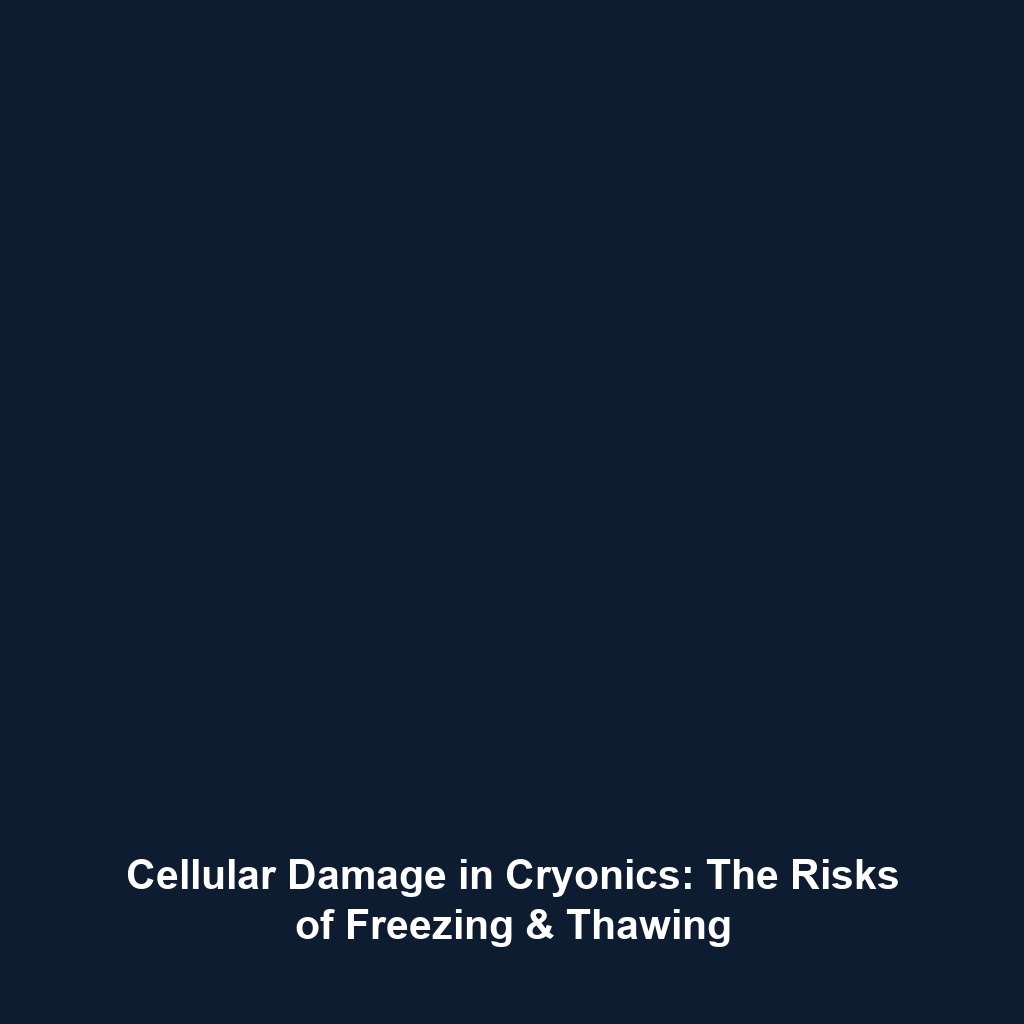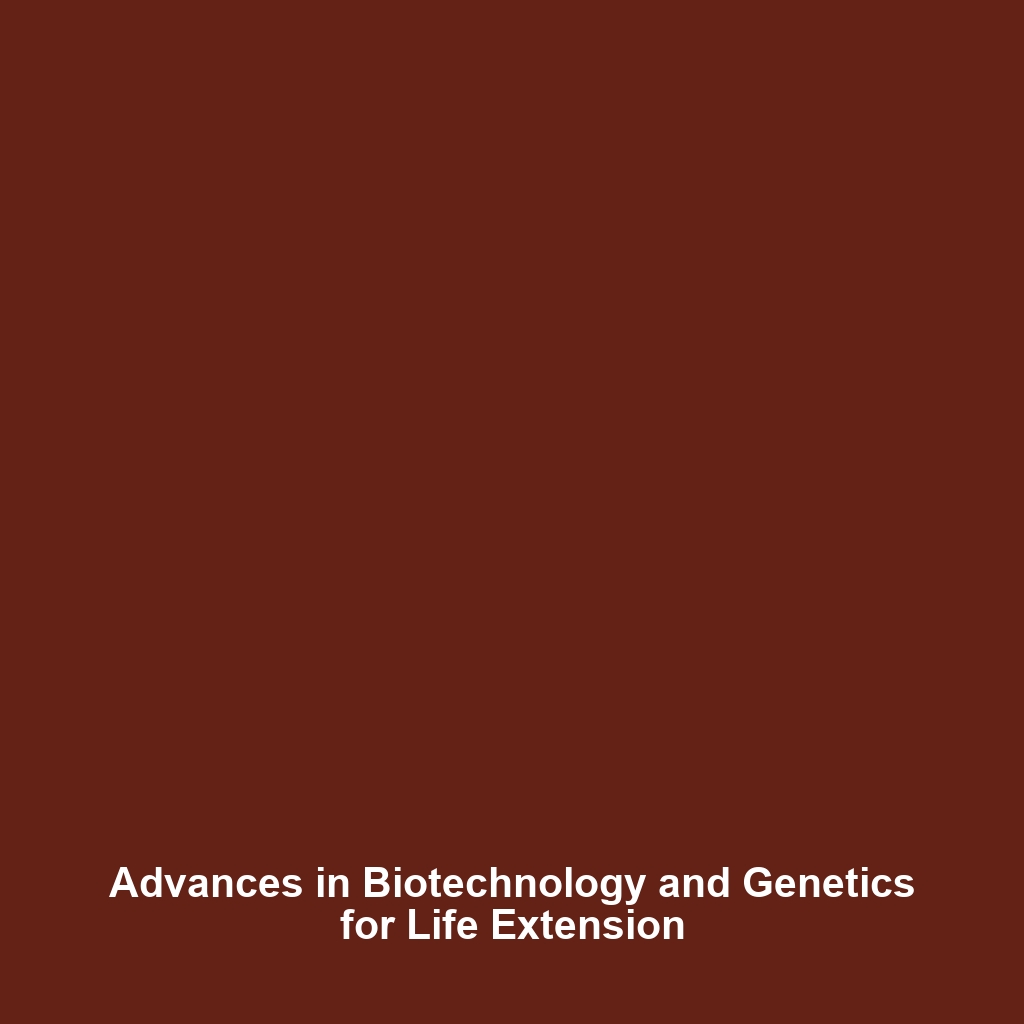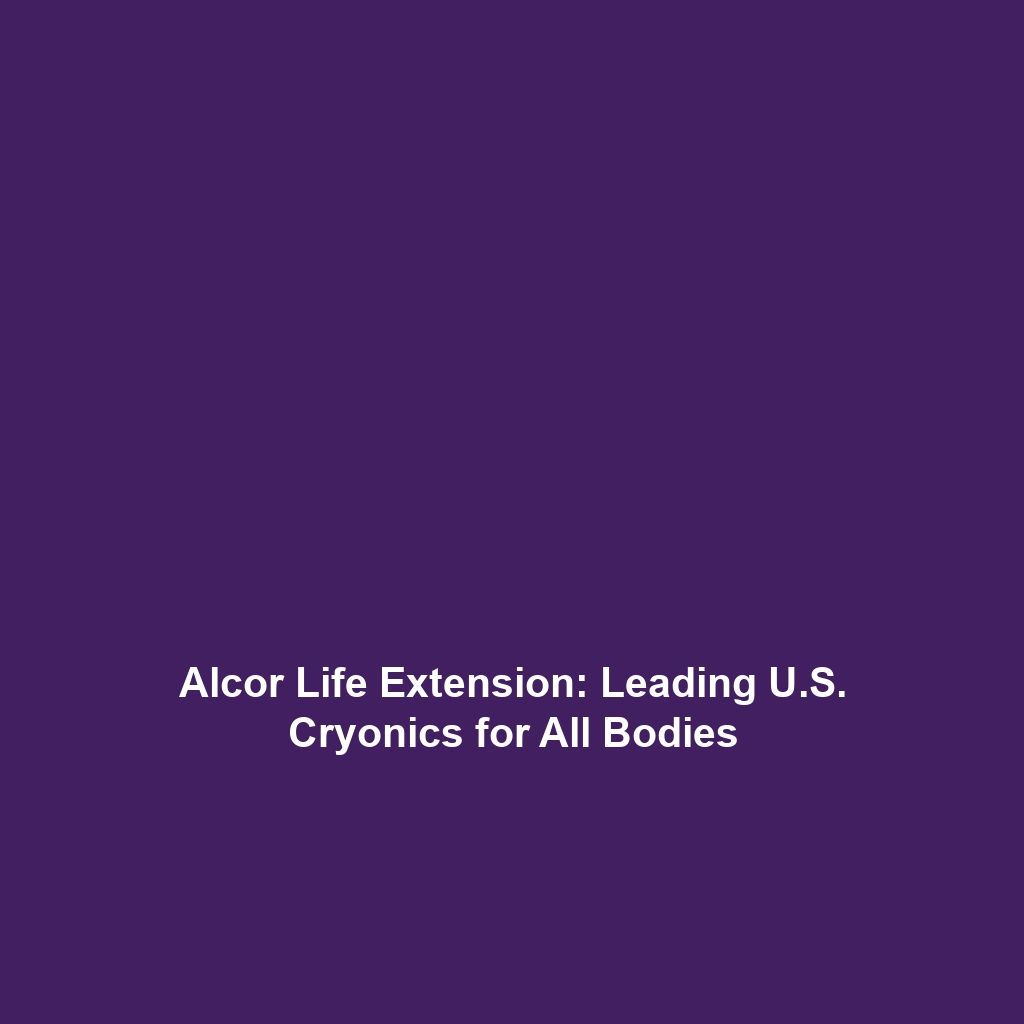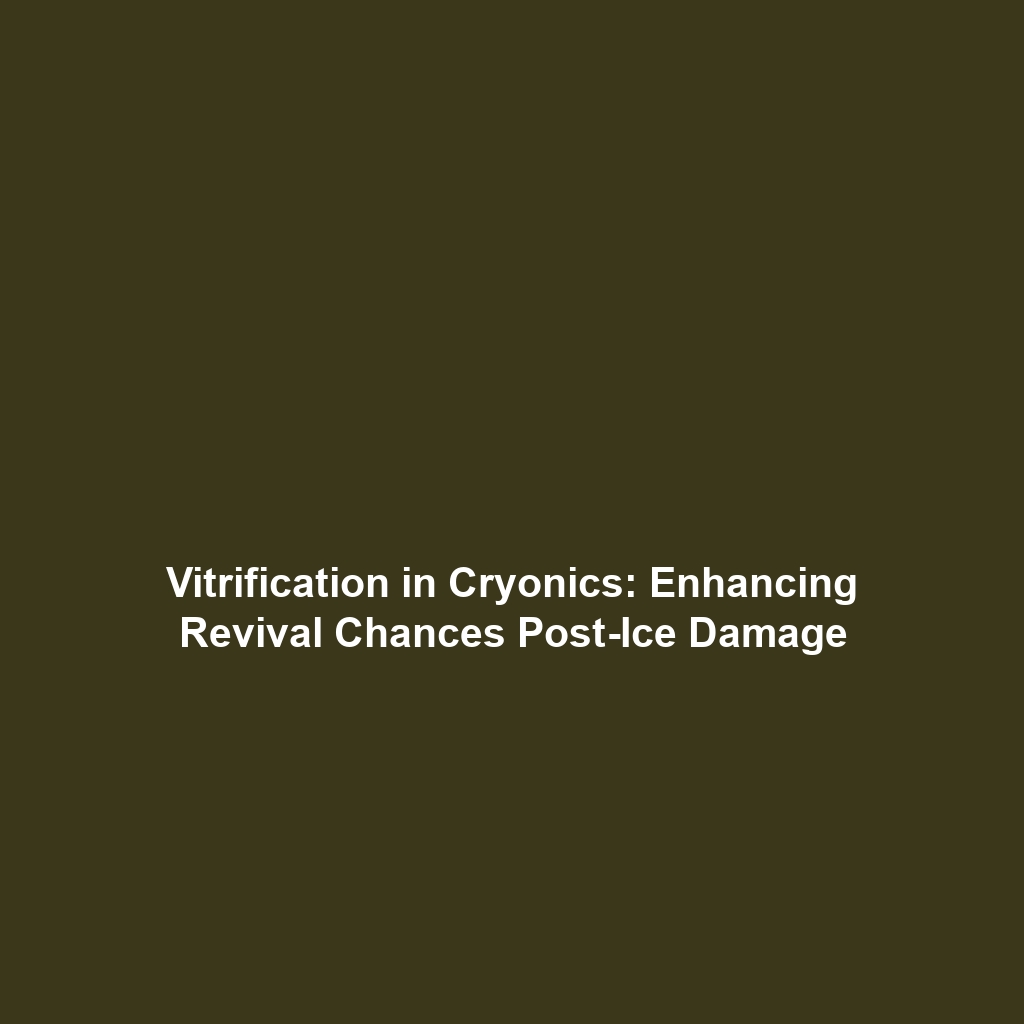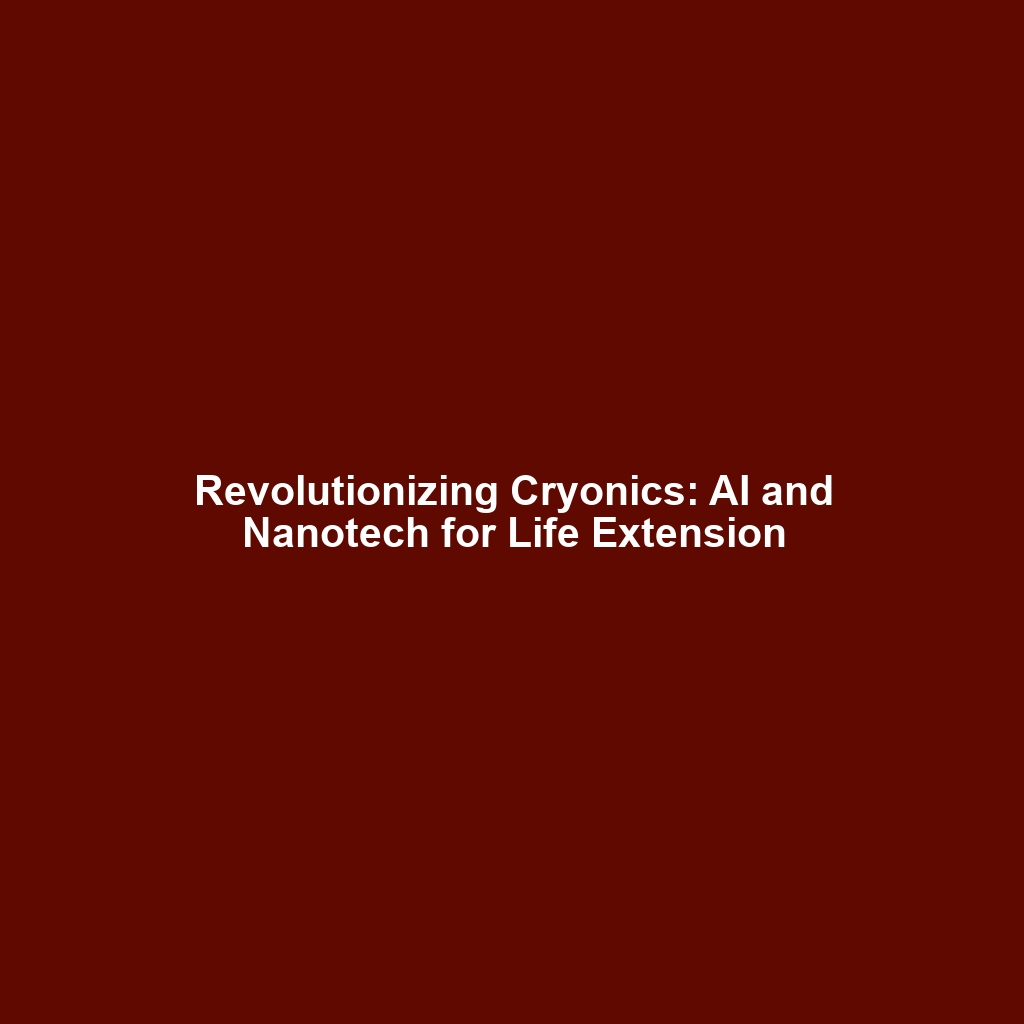Cellular Damage: Cryoprotection Challenges in Cryonics & Life Extension
Introduction
Cellular damage presents a significant hurdle in the field of cryonics and life extension. Even with the utilization of cryoprotectants designed to mitigate ice formation, the processes of freezing and thawing can induce irreversible damage to cells, particularly to sensitive structures such as the brain. Understanding these cellular dynamics is crucial for advancing methodologies aimed at preserving life and extending vitality post-mortem. This article delves into the implications, challenges, and innovations surrounding cellular damage within the broader context of cryonics and life extension.
Key Concepts
Cellular damage during freezing and thawing is primarily due to the formation of ice crystals within cells. These crystals can disrupt cellular membranes and lead to cell death. Key principles include:
- Cryoprotectants: Substances like DMSO and glycerol aim to prevent ice formation and stabilize cellular structures.
- Cell Membrane Integrity: The preservation of cellular membranes is essential for maintaining cellular functions during cryopreservation.
- Thermal Shock: Rapid temperature changes can exacerbate cellular damage, leading to compromised structural integrity.
Understanding these concepts is essential for improving the protocols in cryonics and life extension, ultimately enhancing the viability of stored biological materials.
Applications and Real-World Uses
The significance of understanding cellular damage extends to various practical applications within cryonics and life extension. Prominent examples include:
- Organ Preservation: Cryopreservation techniques are employed in the medical field to preserve organs for transplantation.
- Reproductive Technologies: Sperm and egg preservation utilizes cryoprotectants to enable safer and longer storage options.
- Stem Cell Storage: Cryonics techniques assist in the long-term storage of stem cells, awaiting future medical applications.
These applications demonstrate how insights into cellular damage can enhance techniques in cryonics and life extension.
Current Challenges
Despite advances, several challenges persist in accurately studying cellular damage within cryonics and life extension:
- Inadequate long-term viability assessments of cryopreserved cells.
- Limitations in existing cryoprotectants regarding efficiency and toxicity.
- Variability in cell types and their responses to cryopreservation methods.
Addressing these issues is critical to enhancing the success rates of cryopreservation protocols.
Future Research and Innovations
Future research endeavors aim to mitigate the effects of cellular damage associated with freezing and thawing:
- Next-Generation Cryoprotectants: Development of more effective, less toxic substances for preserving cellular integrity.
- Advanced Cooling Techniques: Innovations in controlled freezing and thawing processes to reduce thermal shock.
- Personalized Cryonics Protocols: Tailoring preservation techniques to individual cellular responses for improved outcomes.
These advancements could transform the landscape of cryonics and life extension.
Conclusion
Understanding and addressing cellular damage due to freezing and thawing is essential for progressing in the fields of cryonics and life extension. As researchers explore innovative solutions and refine existing techniques, the potential for successful cellular preservation continues to expand. For those interested in the future of life extension, staying informed about these advancements is vital. Explore more about related topics such as organ preservation and stem cell storage to understand how these complex processes overlap with the challenges of cellular damage.
